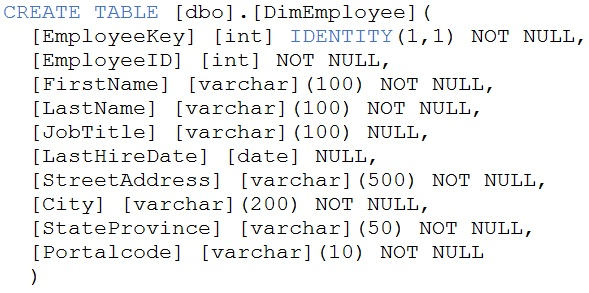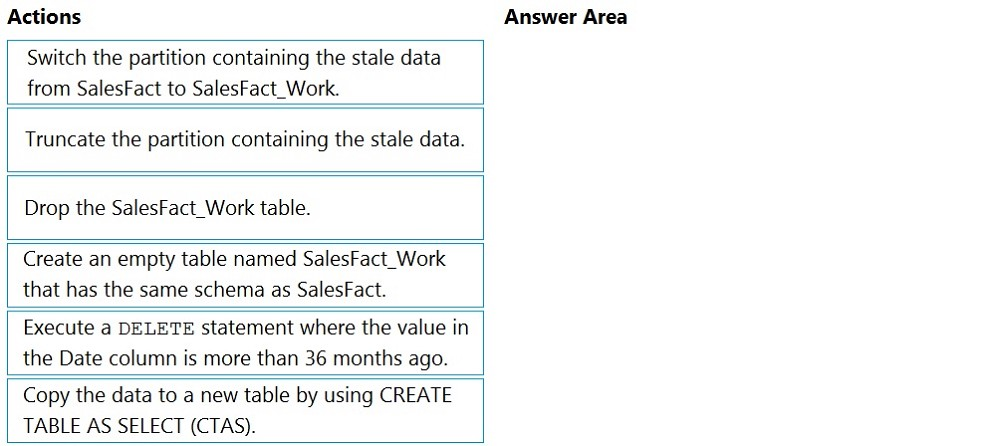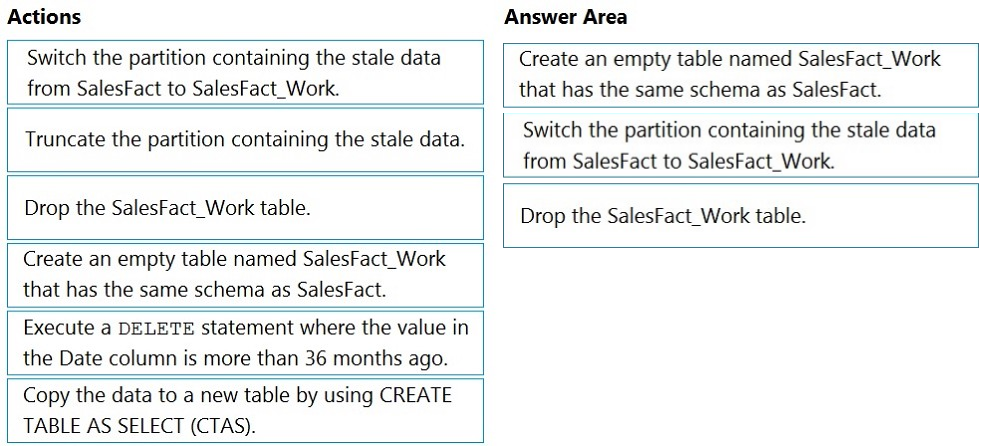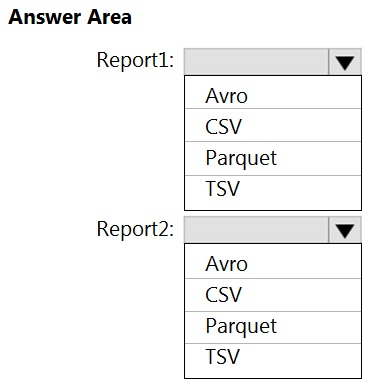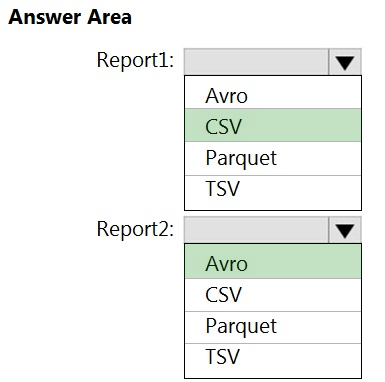Data Engineering on Microsoft Azure
Here you have the best Microsoft DP-203 practice exam questions
- You have 370 total questions to study from
- Each page has 5 questions, making a total of 74 pages
- You can navigate through the pages using the buttons at the bottom
- This questions were last updated on February 13, 2025
